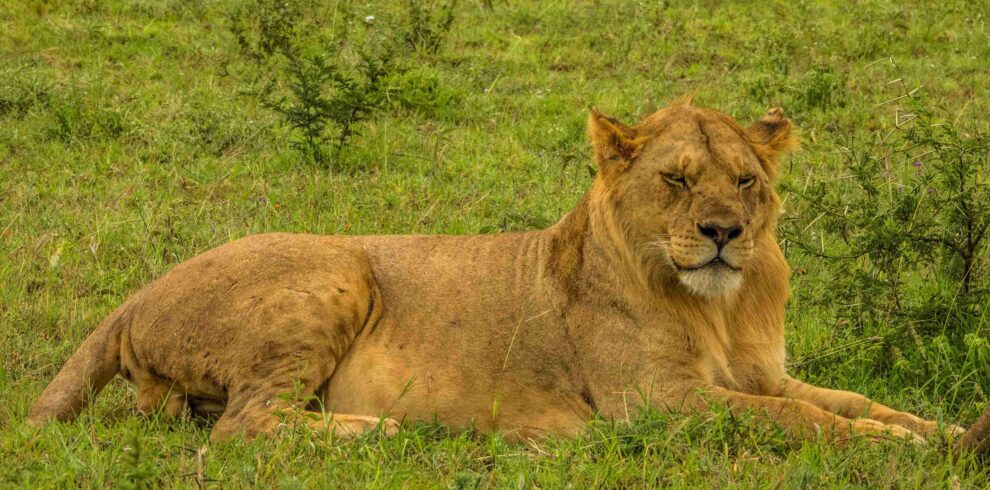- 1
- 8
- 1
- 1
- 5
- 7
- 11
- 1
- 1
- 2
- 1
- 1
- 1
- 1
- 2
- 3

- Jan
- Feb
- Mar
- Apr
- May
- Jun
- Jul
- Aug
- Sep
- Oct
- Nov
- Dec
Famous For: Great Wildebeest Migration, big cats, sweeping savannah landscapes
Ecosystem: Grasslands, open plains, riverine forests, kopjes, and woodlands
Key Wildlife: Lions, leopards, elephants, buffaloes, rhinos, wildebeest, cheetahs, giraffes, and over 500 bird species
Spanning nearly 15,000 square kilometers of vast savannah, open plains, and riverine forests, Serengeti National Park is Tanzania’s most iconic safari destination and one of the most celebrated national parks in the world. Famous for the Great Wildebeest Migration, big cat sightings, and endless golden landscapes, the Serengeti delivers a raw, breathtaking wildlife experience that is unmatched in scale and spectacle.
Located in northern Tanzania, bordering Kenya’s Maasai Mara National Reserve, Serengeti National Park is part of the larger Serengeti ecosystem, which includes the Ngorongoro Conservation Area and several adjacent reserves. The name “Serengeti” comes from the Maasai word “Siringet”, meaning “the place where the land runs on forever”—a fitting description of its vast, flat grasslands.
The Serengeti hosts one of the most awe-inspiring wildlife spectacles on Earth: the Great Migration. Each year, over 1.5 million wildebeest, along with hundreds of thousands of zebras and gazelles, migrate in a circular journey across the Serengeti and into the Maasai Mara in search of greener pastures.
Serengeti is home to over 70 species of large mammals and more than 500 species of birds, making it one of the richest wildlife areas in Africa.
Morning and evening game drives are the core safari experience. Expert guides track predators, migration herds, and unique sightings.
Soar over the Serengeti at dawn in a hot air balloon and witness the sunrise over endless plains.
Offered in selected areas outside the main park zones, these guided walks offer a more intimate look at the ecosystem.
The Serengeti’s lighting, scenery, and concentration of animals make it a top destination for photographers.
Visits to nearby Maasai villages offer insight into traditional pastoralist life and the region’s cultural heritage.
The Serengeti is a UNESCO World Heritage Site and home to the largest intact mammal migration in the world. Conservation efforts are ongoing but face challenges like:
TANAPA, NGOs, and community programs are working to protect the Serengeti’s natural heritage.
The Serengeti offers a range of options from budget to luxury:
The Serengeti is not just a national park—it’s an African legend. Whether it’s a lioness stalking prey, the thunderous herds of wildebeest, or elephants under a setting sun, the Serengeti connects you to a timeless, untamed world where nature reigns supreme.

